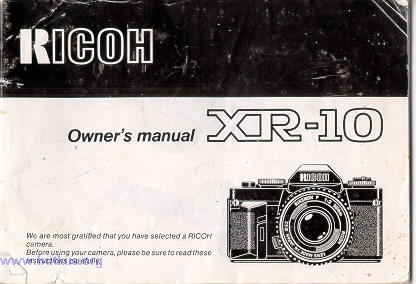and historical purposes, all rights reserved.
This page is copyright© by
This page may not be sold or distributed without
the expressed permission of the producer.
I have no connection with any camera company.
The next page contains information on this camera.
If the image below looks like your camera,
click below to see the PDF manual.
This camera manual library is for reference
and historical purposes, all rights reserved.
This page is copyright© by
![]() - NJ.
- NJ.
This page may not be sold or distributed without
the expressed permission of the producer.
I have no connection with any camera company.
On-line camera manual library - M. Butkus, Librarian
If you find this manual useful,
how about a donation of $3 to:
M. Butkus, 29 Lake Ave.,
High Bridge, NJ 08829-1701
and send your e-mail address
so I can thank you.
Most other places would charge
you $7.50 for a electronic copy
or $18.00 for a hard to read Xerox copy.
<<<
IF YOU WOULD LIKE THIS OR ANY PDF FILE
PRINTED, BOUND AND MAILED TO YOU,
SEE THIS OUTSIDE COMPANY'S OFFER
>>>
RIGHT CLICK ON MANUAL BELOW,
CHOOSE "SAVE TARGET AS"
SAVE TO FOLDER OF YOUR CHOICE
Problems opening PDF files or
printing problems - click here
CLICK HERE TO GO TO A
Ricoh XR-10 PDF VERSION
MADE FROM HTML PAGE
